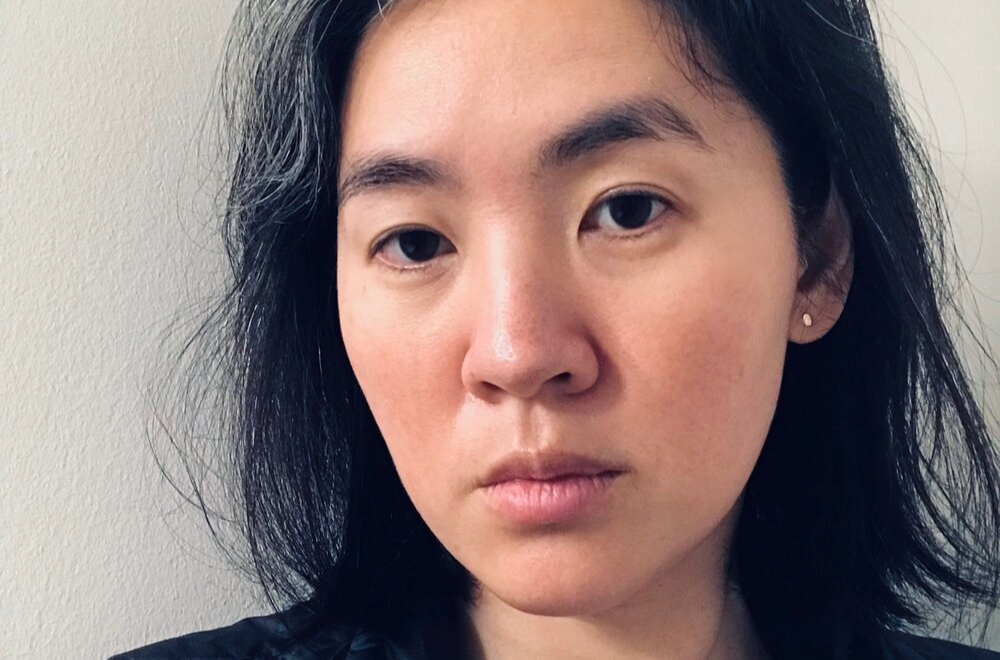
When plants go extinct, they disappear twice: Once, biologically and then again when humans forget they even existed.
Sue Huang, an assistant professor in the Department of Art & Design who was recently named the inaugural Rutgers University–New Brunswick Laureate, is exploring this concept through her laureate project, Bodies of Flora. The project brings together Art & Design with the campus’s 100-year-old Chrysler Herbarium, which houses a collection of preserved plant specimens, and the Department of Plant Biology. The goal: to explore the significance of ecological loss from several vantage points.
“The mission is to examine ecological loss not only as a measurable scientific reality, but also as a cultural rupture,” Huang says of Bodies of Flora. “I was interested in the idea that ecological loss operates on two levels: There is the physical realm, where we lose the actual body of a species and its material presence in the world, but there is also the loss of a species in our social memory, which feels like an especially profound kind of disappearance because we lose our emotional relationship to those beings. They vanish from our cultural imagination.”
“This second loss—the disappearance from collective memory—is harder to track by the numbers, but it is profound,” she adds.
The Office of the Provost created the Rutgers–New Brunswick Laureate Program this year to elevate the arts and humanities across the institution and the broader community. Each year, the program will designate a new laureate to foster deeper cross-disciplinary connections with the arts and humanities.
The project, to be developed during the 2025–26 academic year, will unite plant biology, artificial intelligence (AI), 3D modeling and visual design to explore botanical loss and the potential for resurrecting vanished flora and culminate in an exhibition and performance.
Read more in Patti Zielinski’s interview with Huang that delves into the project and the laureate program.

